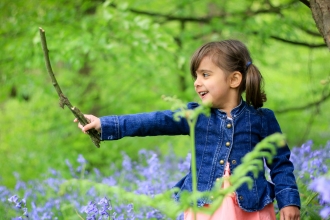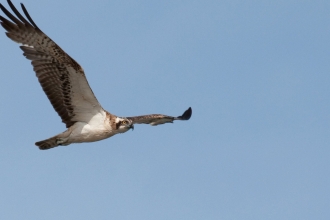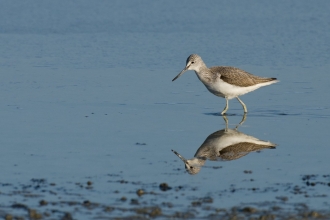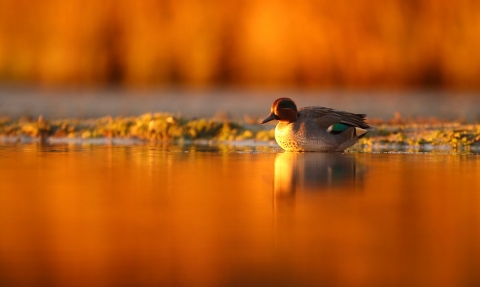
Teal (Anas crecca) in the early morning sun, Dorset, UK - Luke Massey/2020VISION
Winter Wildlife at Rutland Water
Thousands of ducks, elegant swans and winter thrushes
Gaze out over the lagoons in the winter and you’ll understand why Rutland Water is so highly protected and so internationally famous: literally tens of thousands of wildfowl make their home here every winter, with as many as 25,000 ducks, geese and swans being recorded. They are joined by wintering grebes, divers and egrets, coming together to create one incredible wild winter spectacle.
In the deeper water of the main reservoir and the northern and southern arms of the nature reserve, you’re in with a great chance of spotting some iconic winter duck species: scaup, common scoter and red-crested pochard need space to dive to feed, and they’ll be joined by great northern divers, red-necked grebes, black-necked grebes and Slavonian grebes. You’ll need a good pair of binoculars or, even better, a telescope to enjoy the finer detail in these beautiful birds, as they can drift out away from the shore.
On the lagoons, a star species for Rutland Water in the winter is the smew. The males are funky black and white ducks, quite small, with shaggy white crests and black eye patches that make them look almost gothic. You might hear someone in the hide point out a ‘redhead’ – this means a female or juvenile smew, which are demurer than the males. You’ll also start to see the first of the swans drifting in, with small flocks of whooper and Bewick’s swans feeding on the grassy banks or drifting across the water. These two species can be confusing, but it’s all in the size and the bill. Bewick’s are smaller, with a mostly black bill; whooper swans are largely with a chunky yellow bill, like a wedge of cheese. Our resident mute swans have red bills and very long necks. Pink-footed geese might be seen, too, alongside thousands of mallard, tufted duck, teal, wigeon, pochard, shoveler, shelduck and more!
The reedbeds are active at this time of year, too. If you’re lucky, you might spot a wintering bittern as it fishes on the edge of the reeds or lazily flapping over the lagoons before diving for cover. These big brown herons have recently started to use Rutland Water as a sanctuary in the winter, alongside other heron species like the great white egret. These can build up in numbers throughout the winter and are distinctive, in being very tall, graceful and pure white, with long dagger bills. Marsh harriers will also use the reedbeds and marshy edges hunt, and you might hear the ping-ping-ping of a bearded tit. Otters are also being more frequently seen!
As the season draws on the numbers of birds will build up, so check back after New Year to see what else has turned up. Snow buntings are seen annually, and brambling might pop up on the feeders. The little woodland species rely on these in the cold, so spend a few minutes seeing what you can spot outside the visitor centre. Check the hedges for winter thrushes, redwing and fieldfare, as they feast on the berries. Late in the season the drumming of woodpeckers might be heard in the woods and snowdrops will start to blossom, sure signs that spring is well and truly on the way.
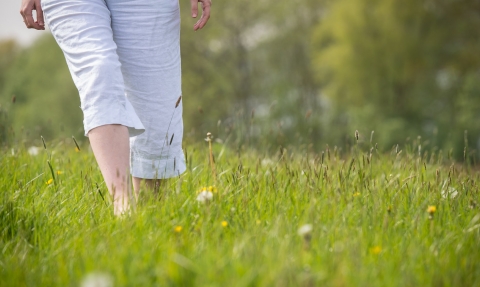
Matthew Roberts

